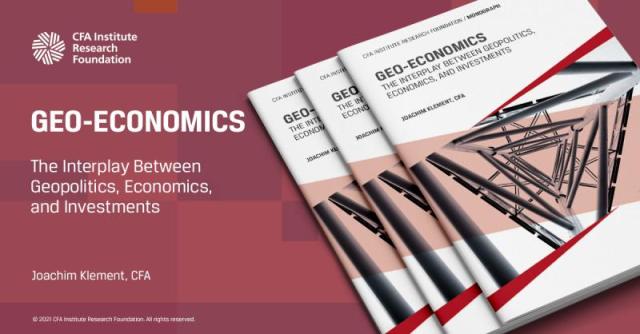[ad_1]
“The key to investing is not assessing how much an industry is going to affect society, or how much it will grow, but rather determining the competitive advantage of any given company and, above all, the durability of that advantage. The products or services that have wide, sustainable moats around them are the ones that deliver rewards to investors.” — Warren Buffett
In the investment world, we hear a lot about investing in companies with a moat, or some form of long-lasting competitive advantage that is difficult for competitors to overcome.
Why do we hear so much about this concept? One big reason is that Warren Buffett likes to talk about it, so a lot of people have tried to figure out what exactly he means by a moat. After all, there really is no way to measure the idea: It is a qualitative metric that is impossible to gauge in most instances.
A moat can be a strong brand — Coca-Cola or Disney, for example — or it can be intellectual property, say, the patented drugs of a pharmaceutical or biotech company.
But maybe we have focused on the wrong metric all along.
Instead of searching for moats, we should have been looking for market power. In “Mutual Fund Bets on Market Power,” Stefan Jaspersen recently explored the question of whether companies whose products have fewer competitors have an advantage. Using a database of product competition between US companies, he showed that firms with less product competition tend to be older, have higher valuations, lower liquidity, and are followed by fewer analysts.
In short, they are mostly small- to medium-sized firms that operate in small market niches where a few highly specialized companies compete with each other. Because these niche markets aren’t widely followed by investors, there are few analysts keeping up with their companies. So as a result, news about what is going on in such markets tends to travel slowly.
All of these factors should set companies with fewer competitors up for higher share price returns in the long run. Yet, the study also found that from 1999 to 2017, firms with little market power had returns practically identical to their high market power peers. But fund managers who invested in more high market power firms outperformed the average actively managed equity fund by 1.56% per year.
How is this possible? The trick is that market power isn’t stable. The number of competitor products changes all the time. Fund managers who are aware of a company’s market power because they monitor the competition and the efficiency with which a firm turns research and development investments into actual sales, for example, tend to invest in a company if its market power is high or rising and sell it if its market power is low or declining.
In effect, the fund managers are investing in companies that operate in less efficient markets with fewer competitors and thus have the ability to gain a larger share of the market and increase their profit margins. And this creates an advantage for the fund manager independent of the fund style.
And who are these fund managers that take market power into account? On average they are older and more experienced. And I suspect they have learned in their careers to focus less on talk about moats and other murky and ephemeral concepts and instead concentrate on how close a company is to holding a monopoly in its particular niche.
The fewer competitors the better.
For more from Joachim Klement, CFA, don’t miss Geo-Economics: The Interplay between Geopolitics, Economics, and Investments, 7 Mistakes Every Investor Makes (And How to Avoid Them), and Risk Profiling and Tolerance, and sign up for his Klement on Investing commentary.
If you liked this post, don’t forget to subscribe to the Enterprising Investor.
All posts are the opinion of the author. As such, they should not be construed as investment advice, nor do the opinions expressed necessarily reflect the views of CFA Institute or the author’s employer.
Image credit: ©Getty Images / fotoVoyager
Professional Learning for CFA Institute Members
CFA Institute members are empowered to self-determine and self-report professional learning (PL) credits earned, including content on Enterprising Investor. Members can record credits easily using their online PL tracker.
[ad_2]
Image and article originally from blogs.cfainstitute.org. Read the original article here.



